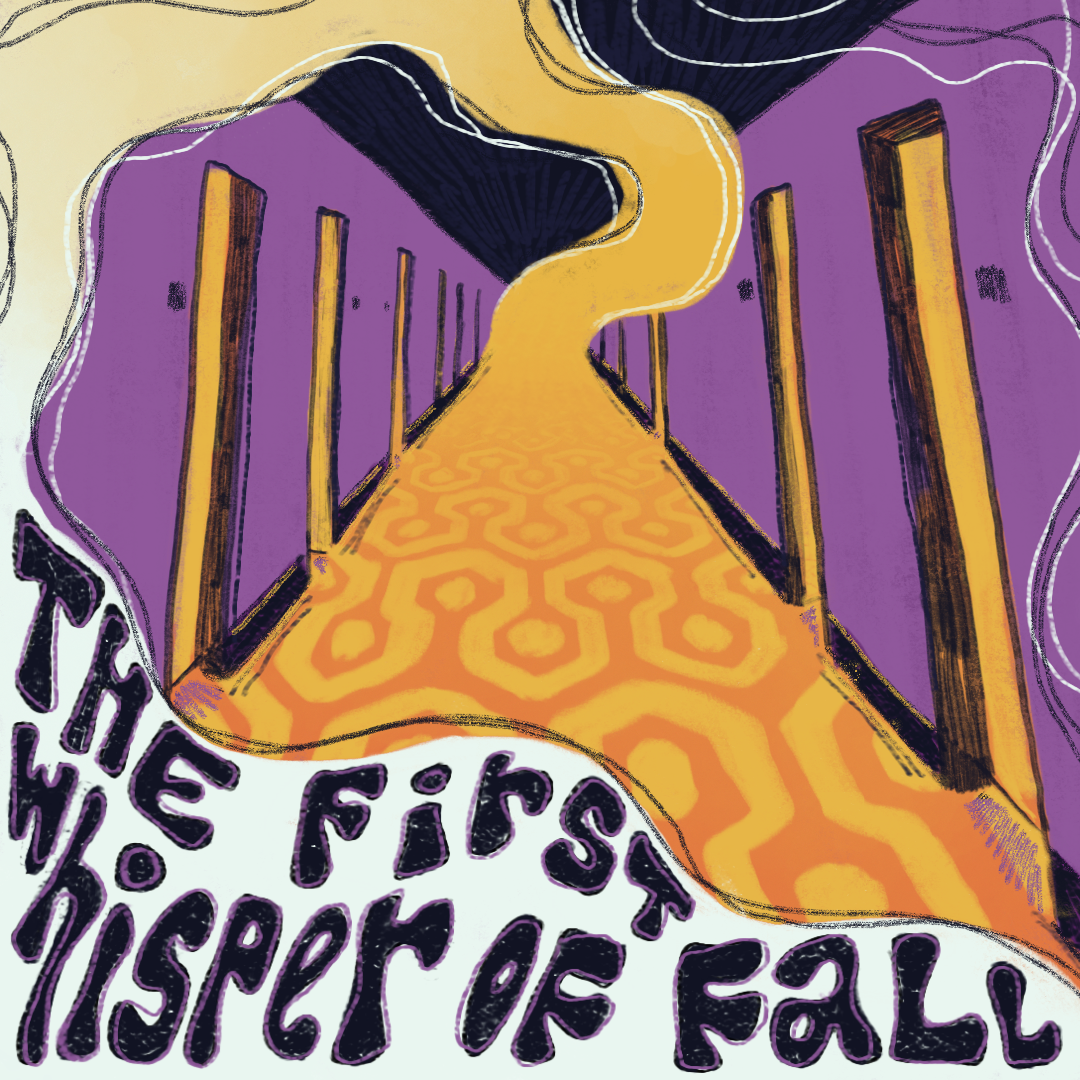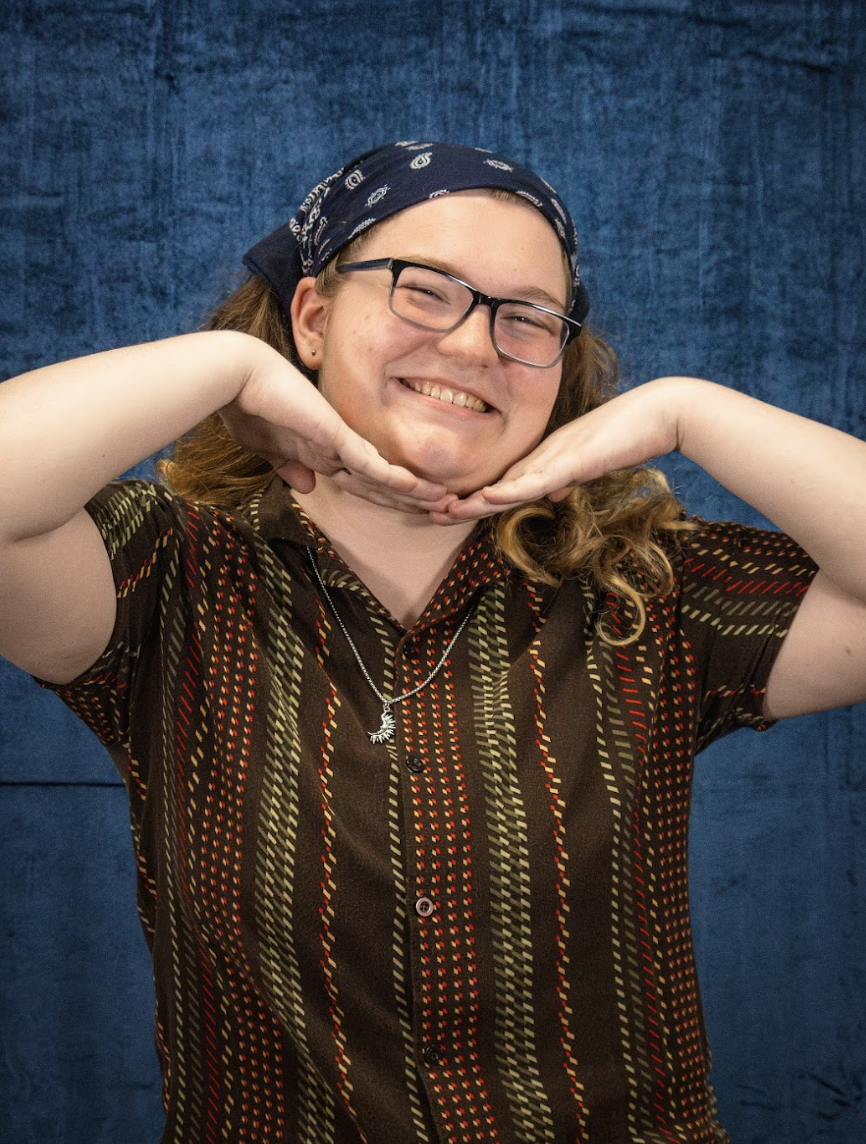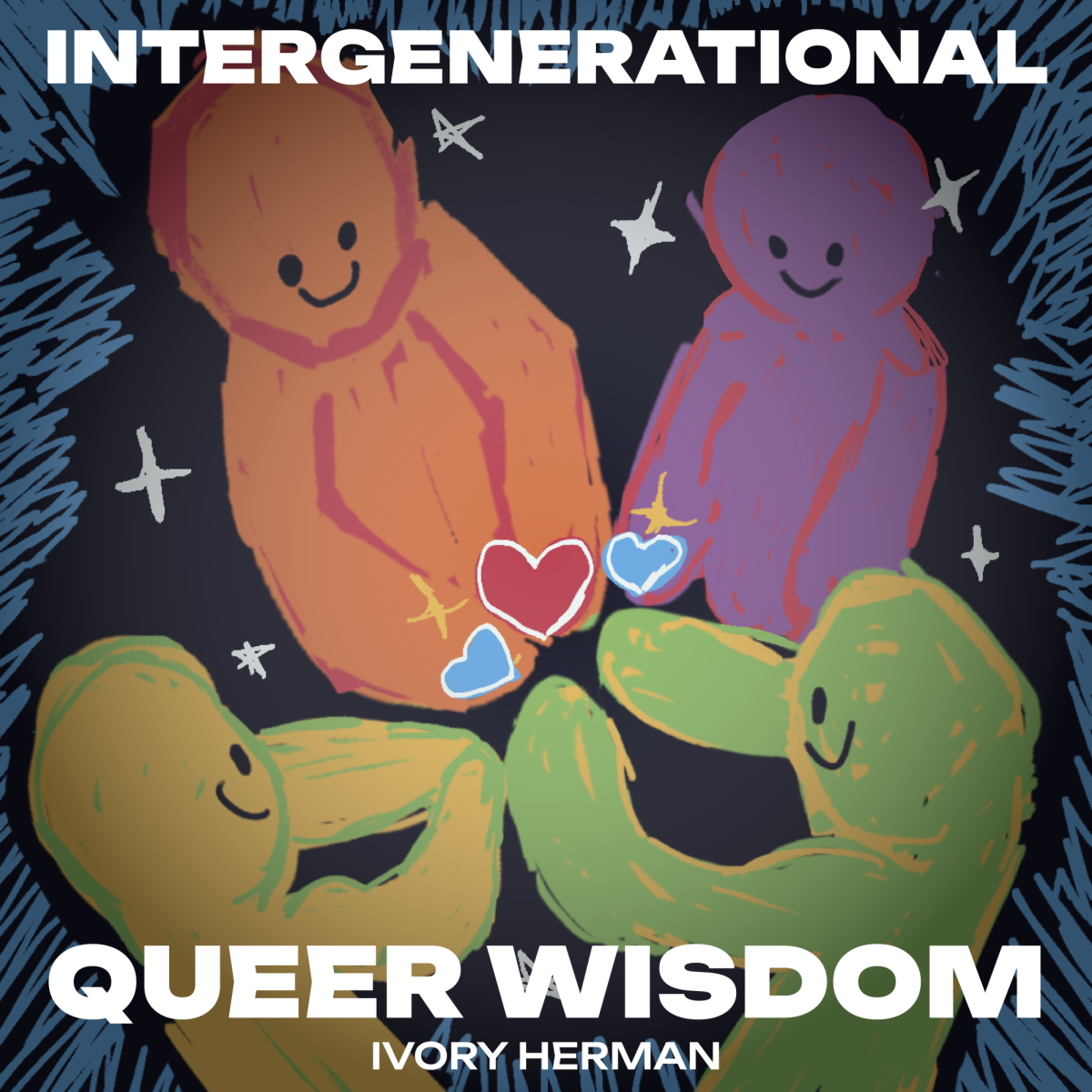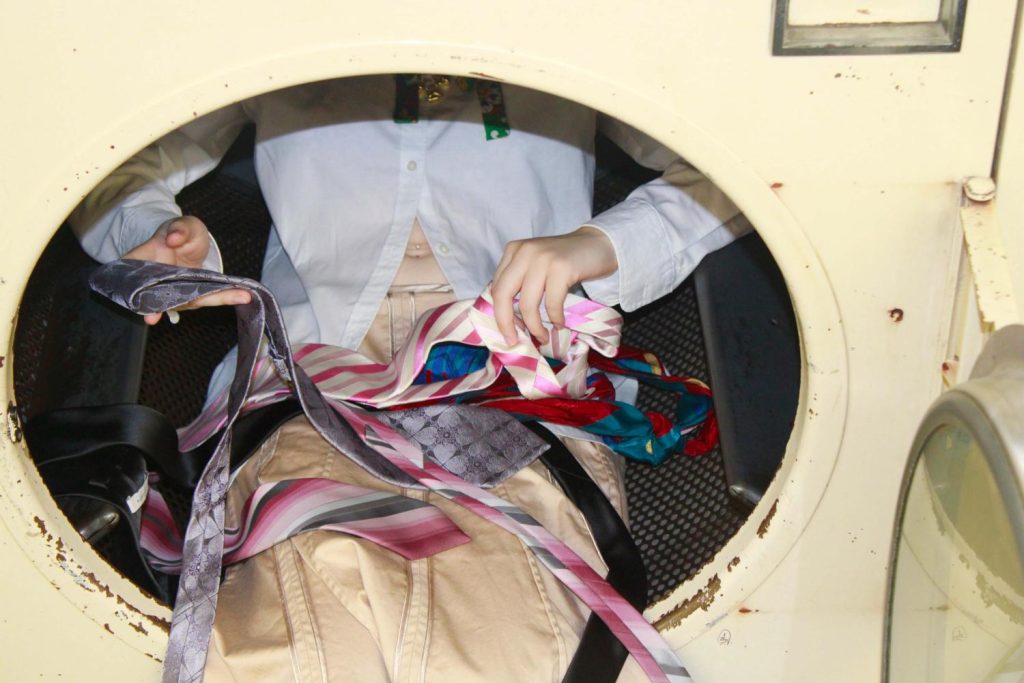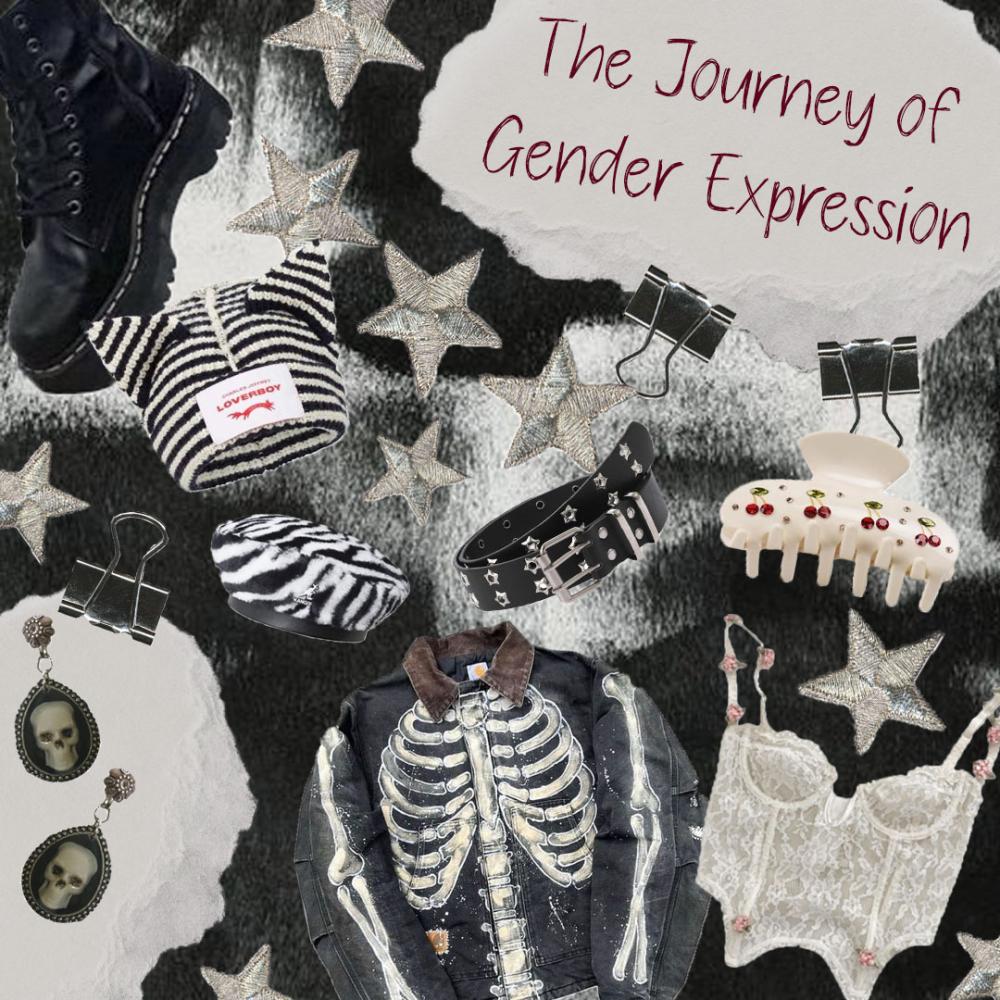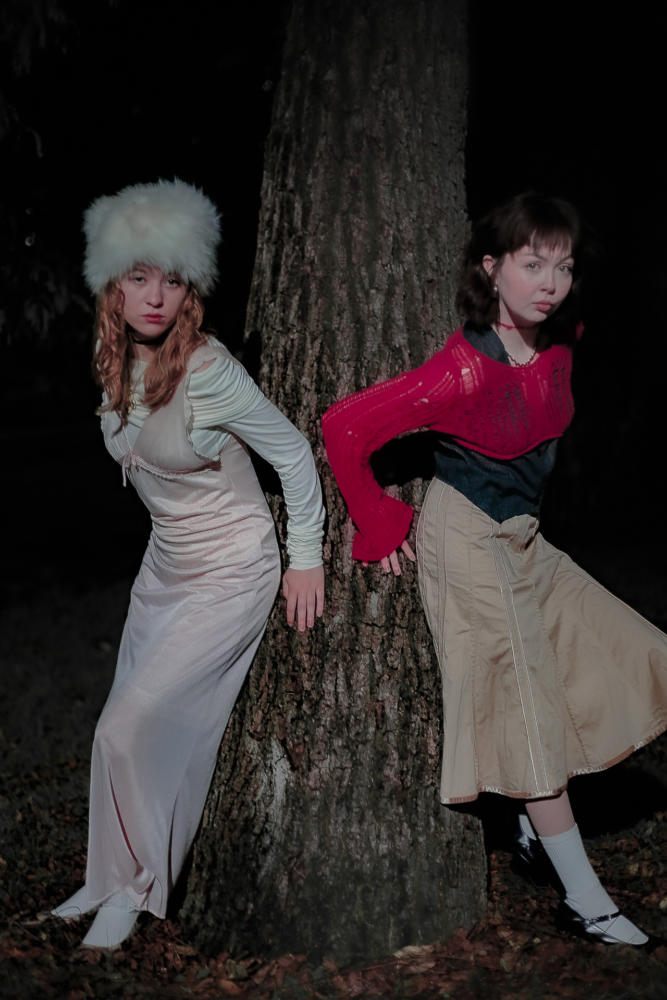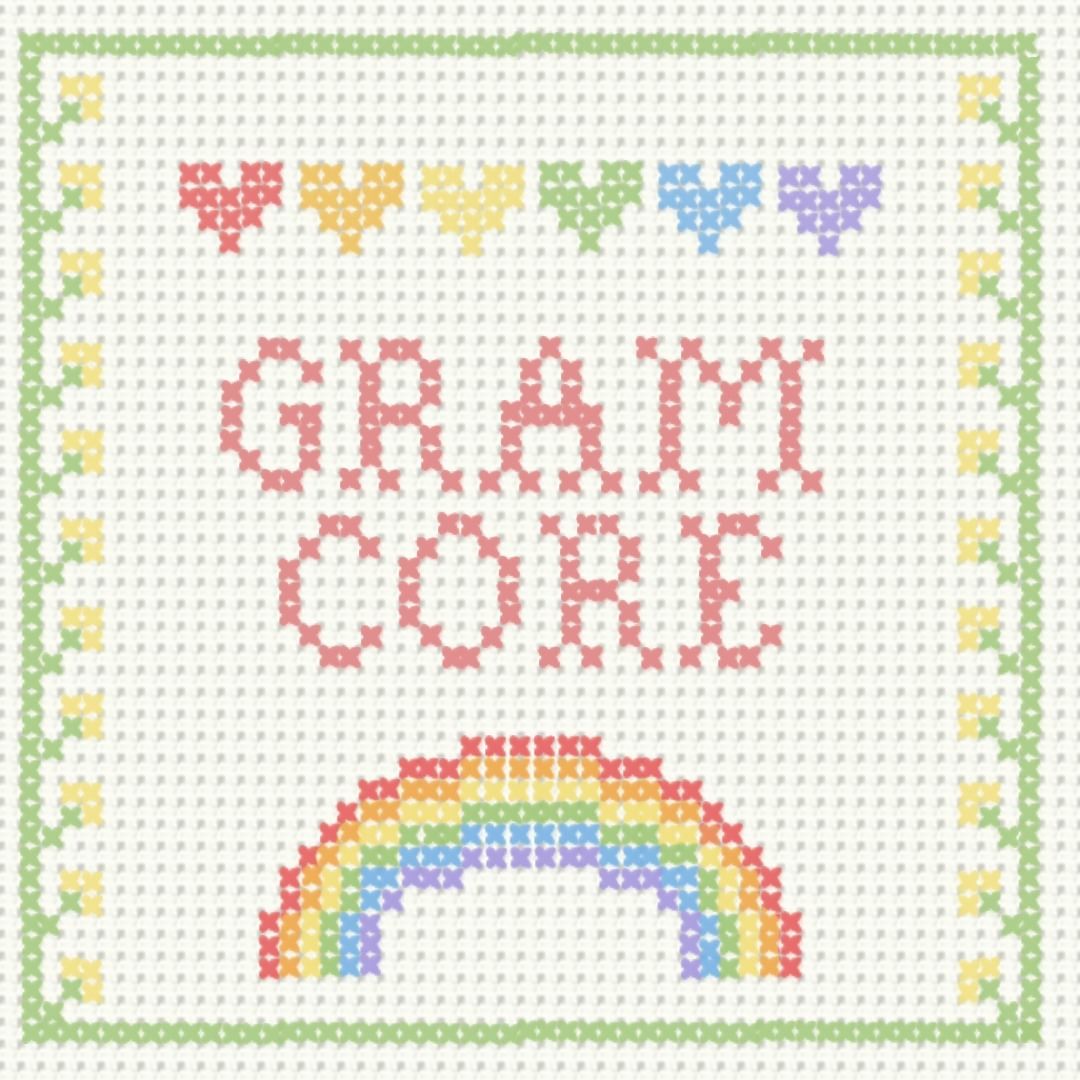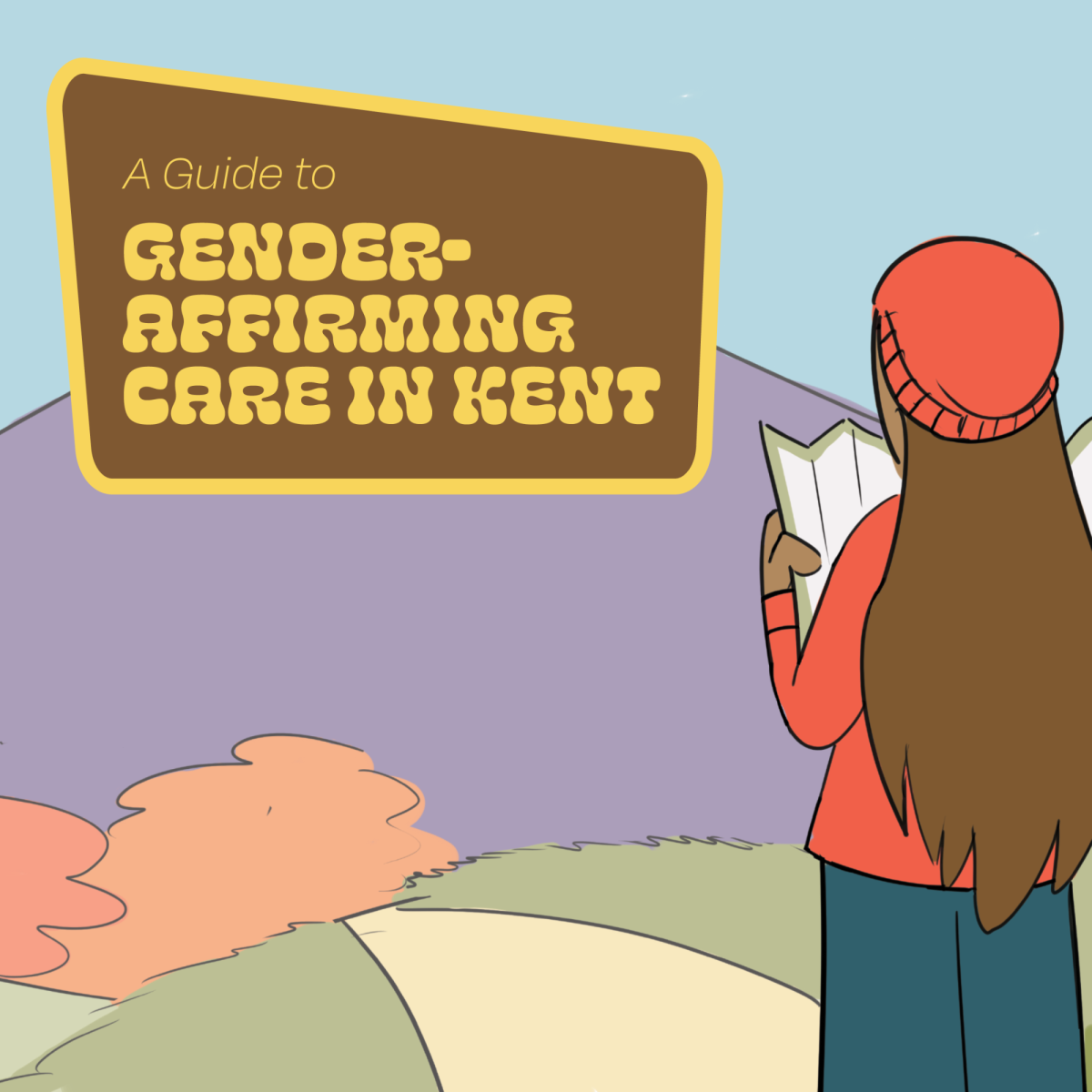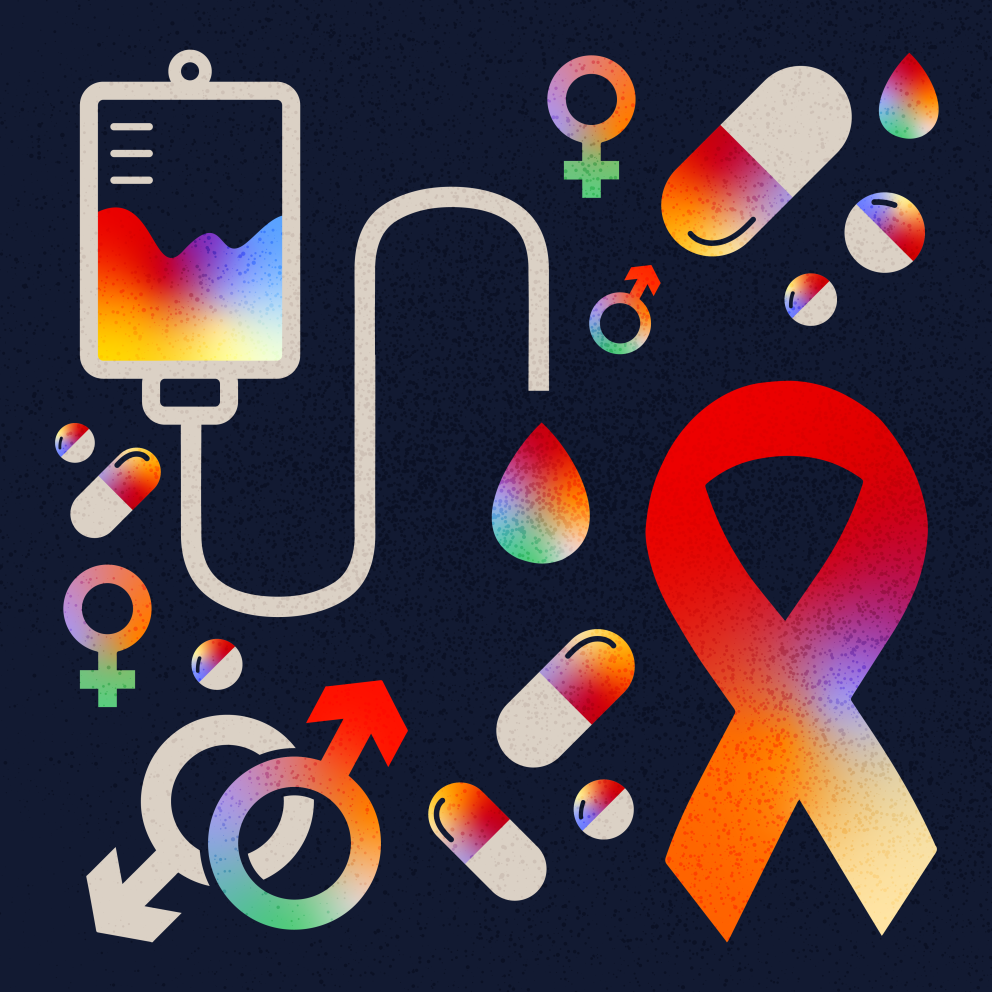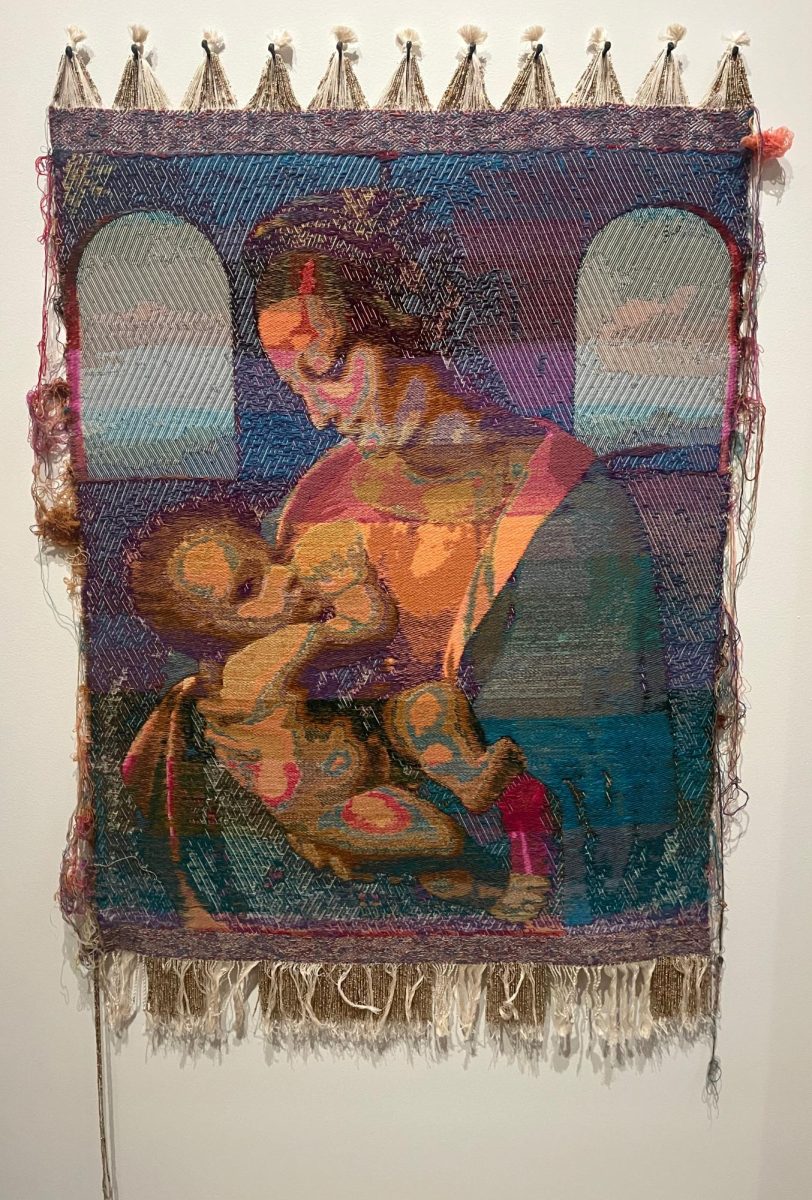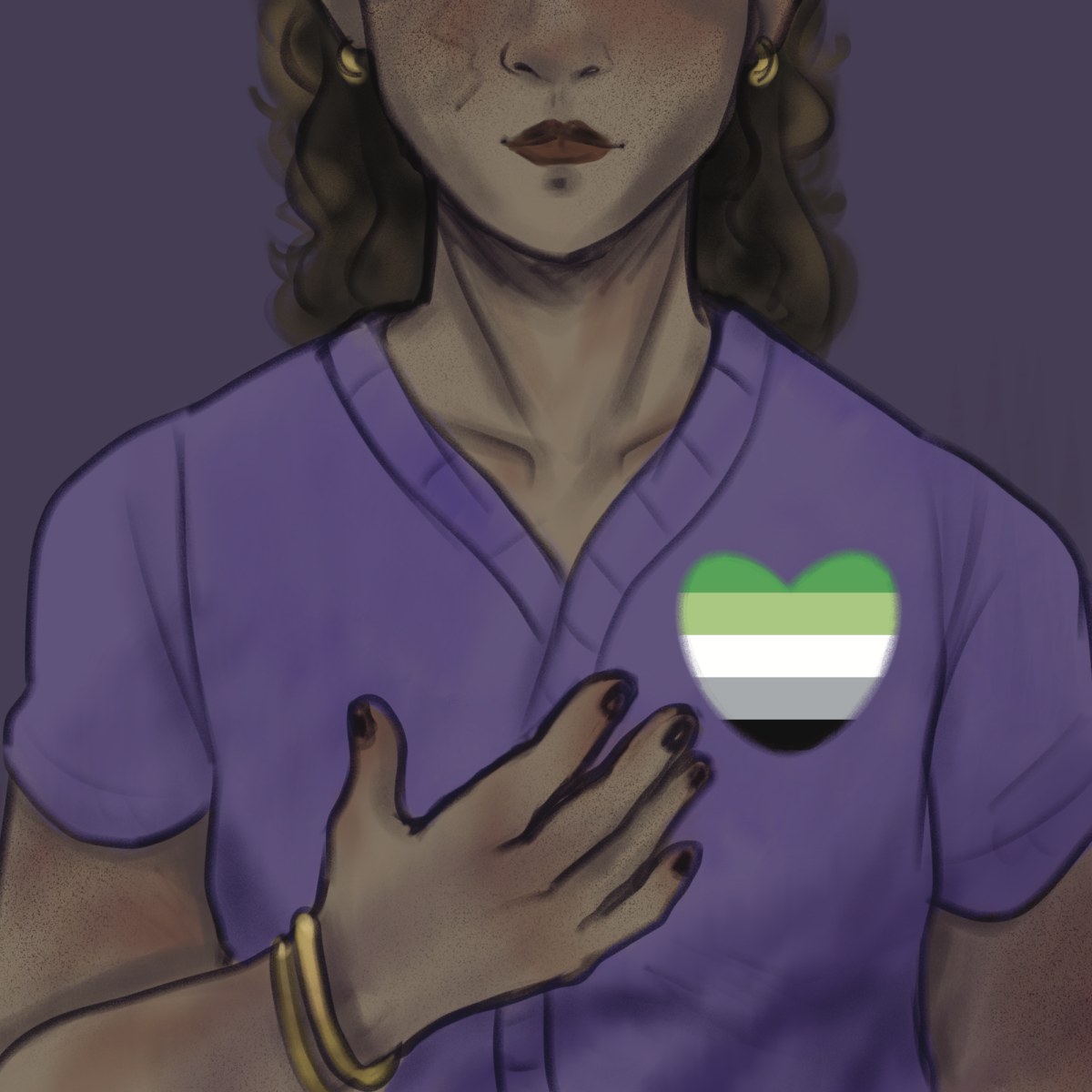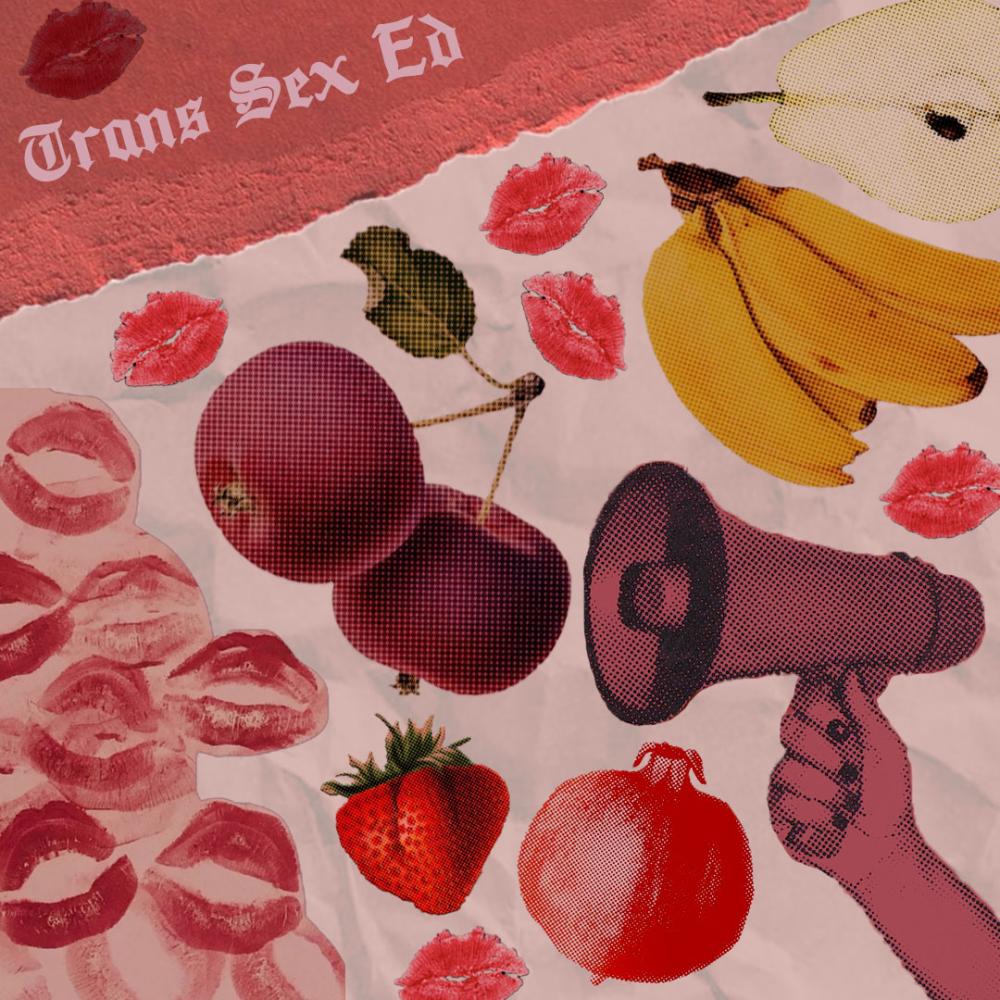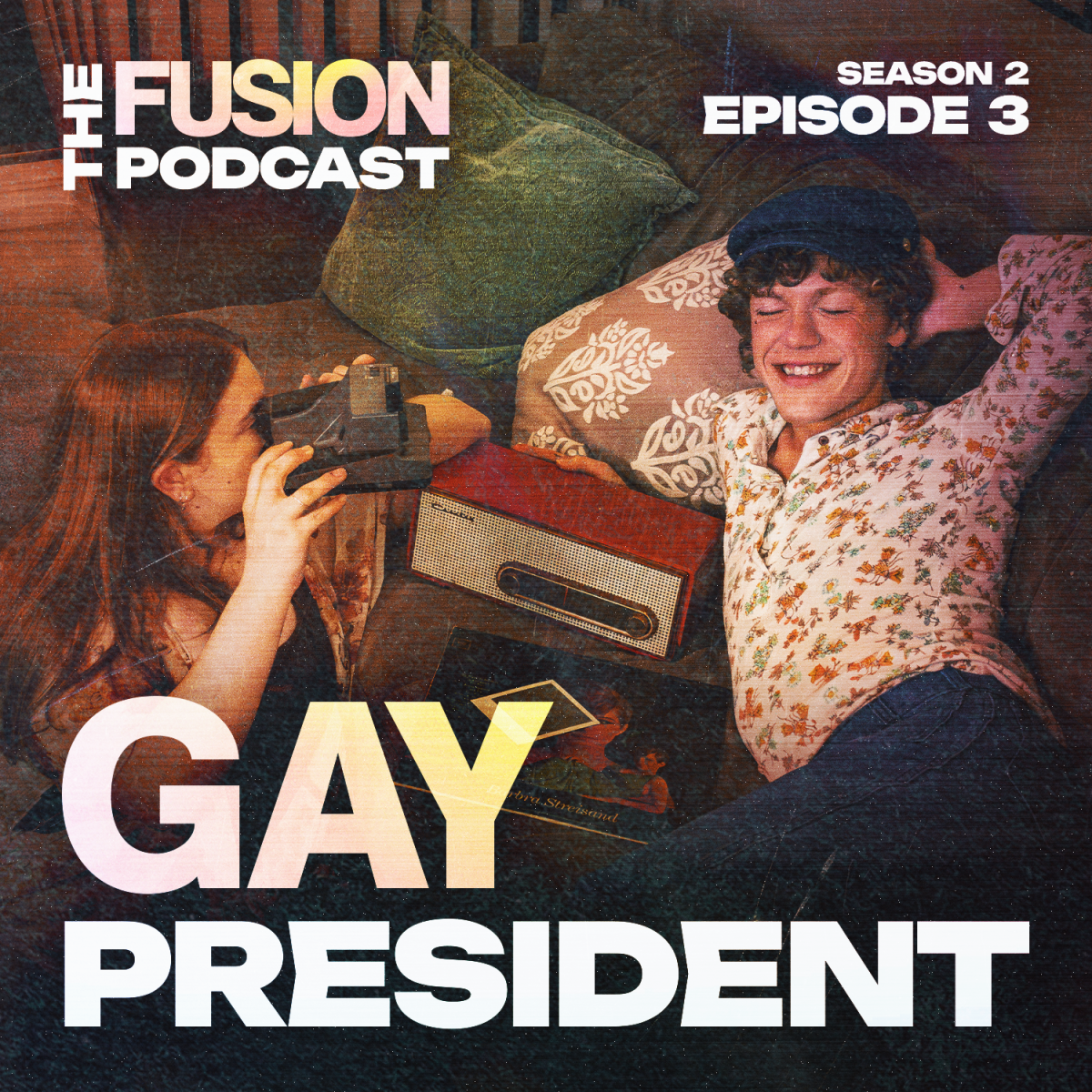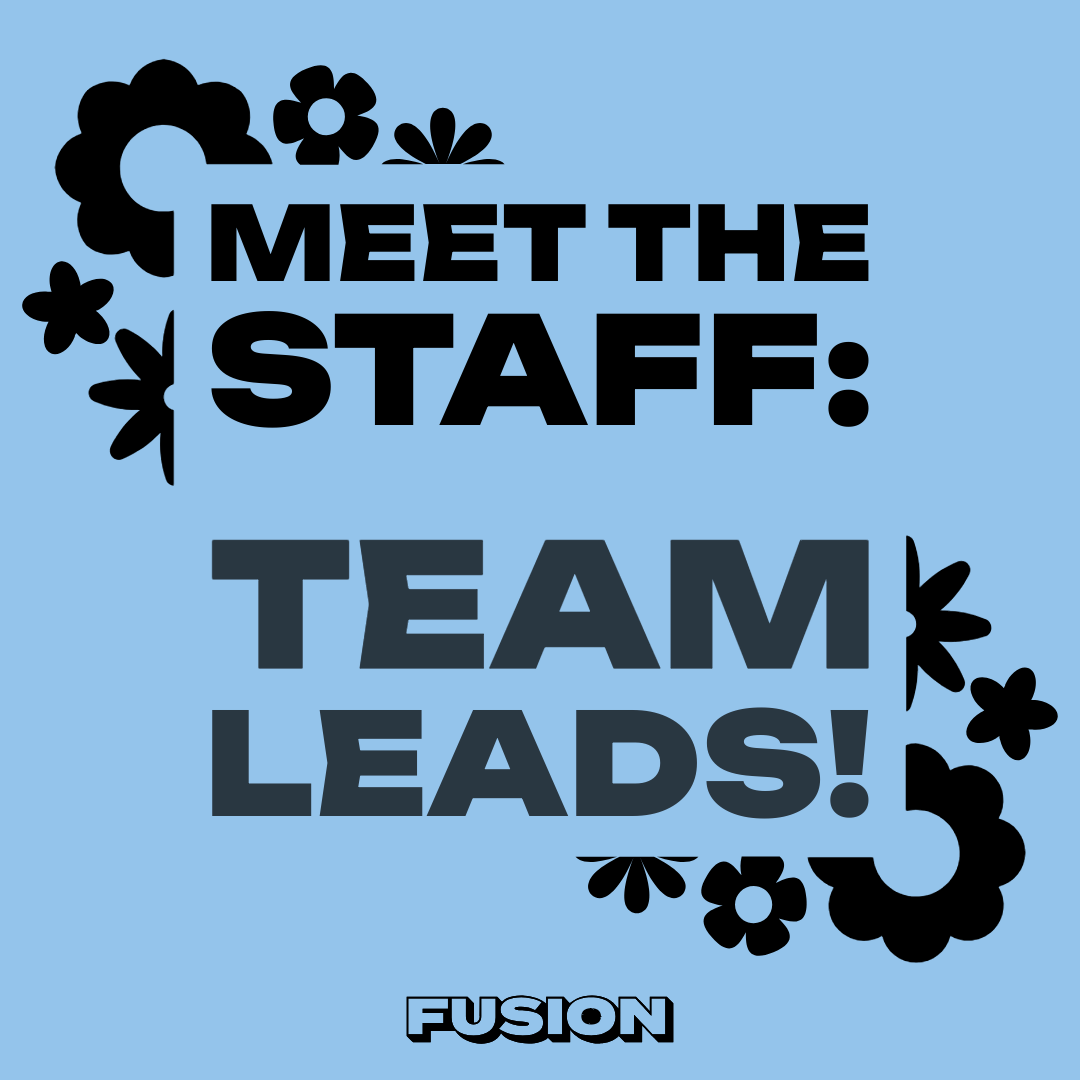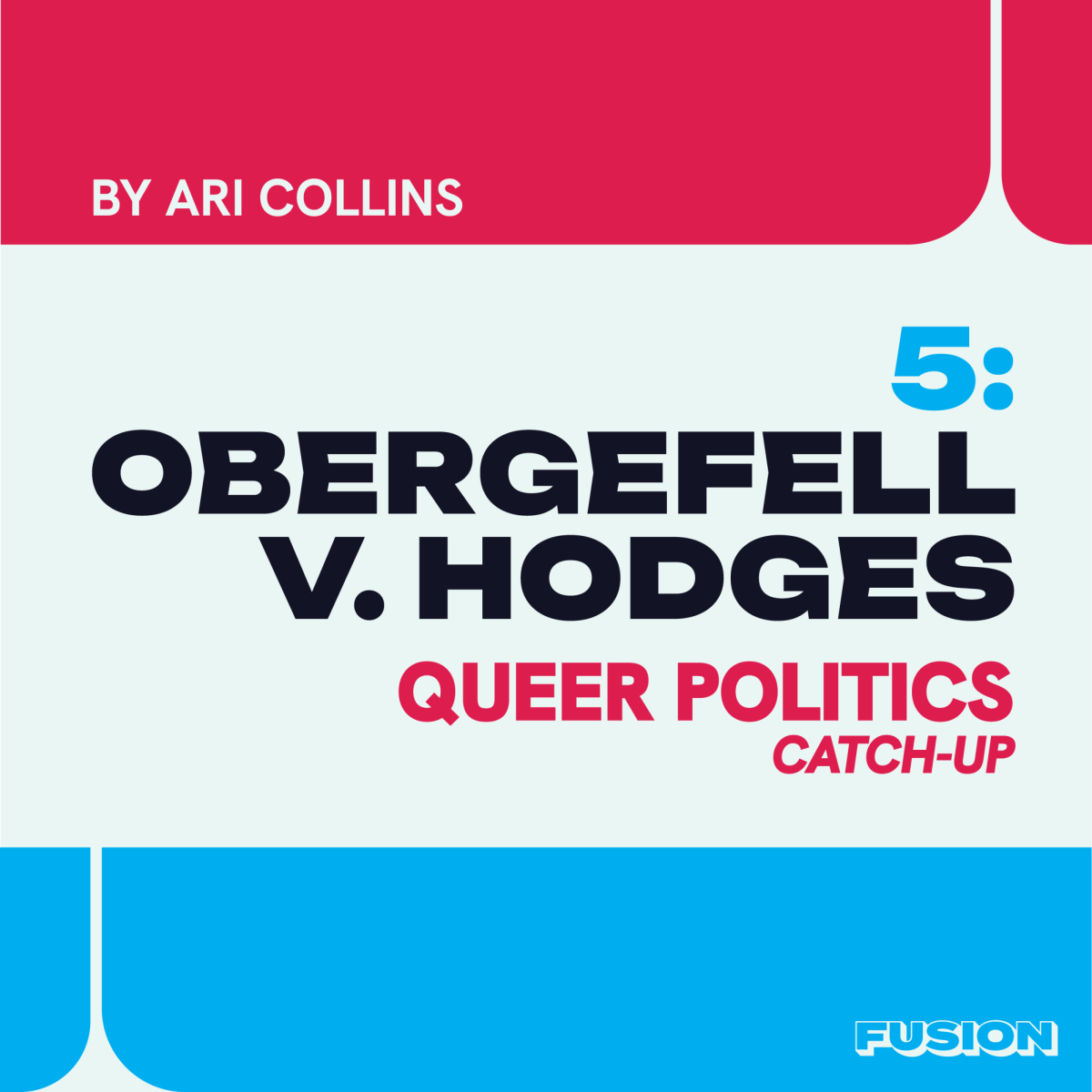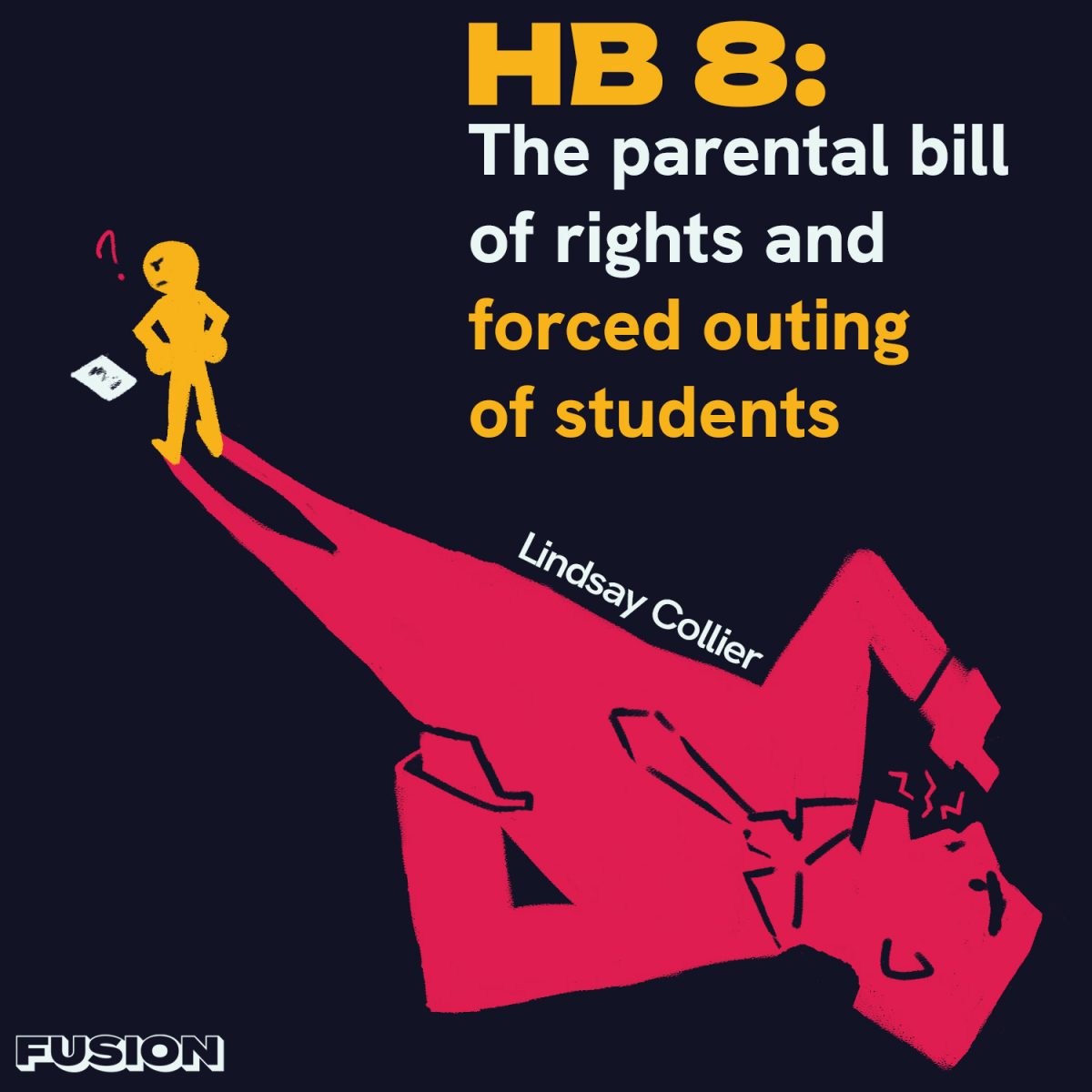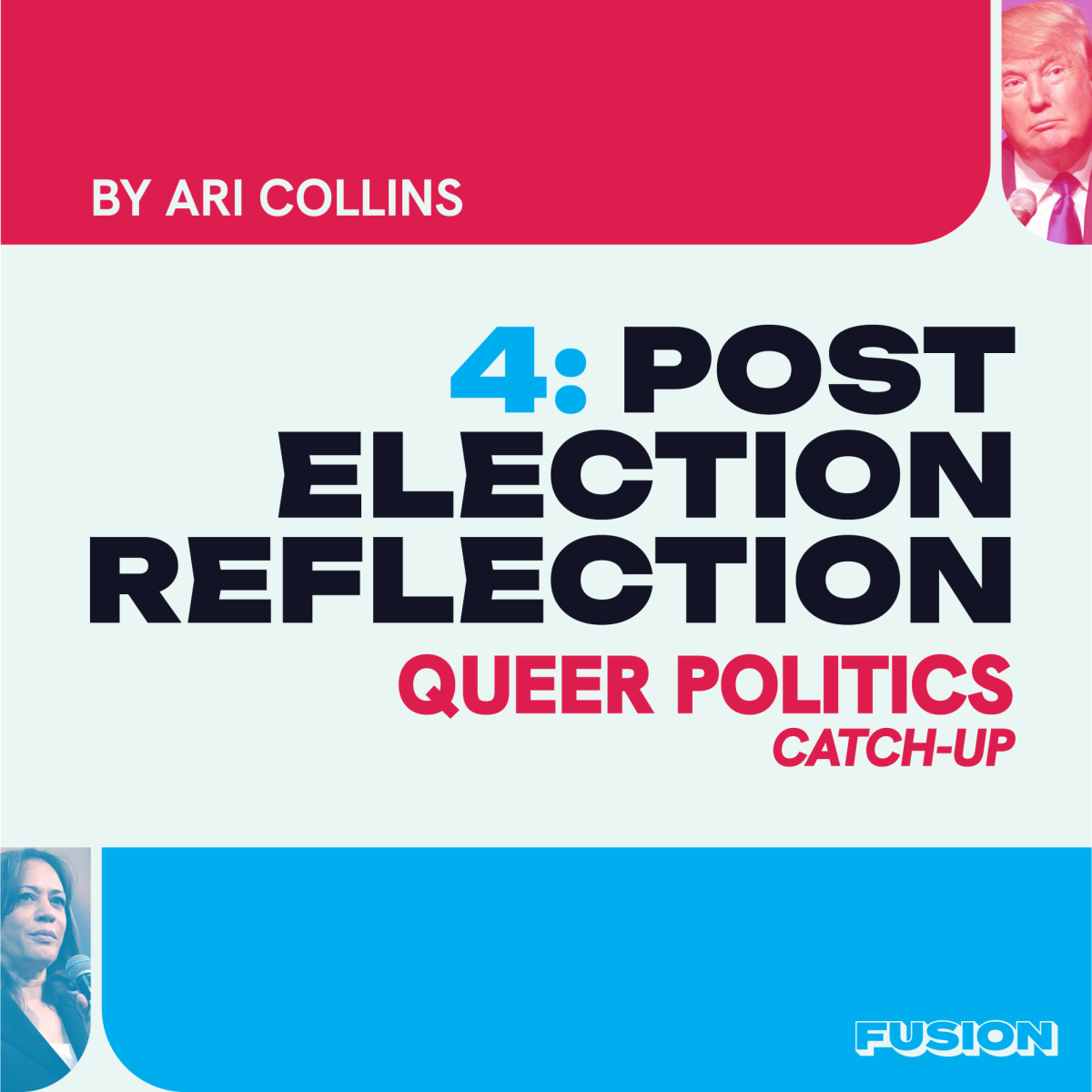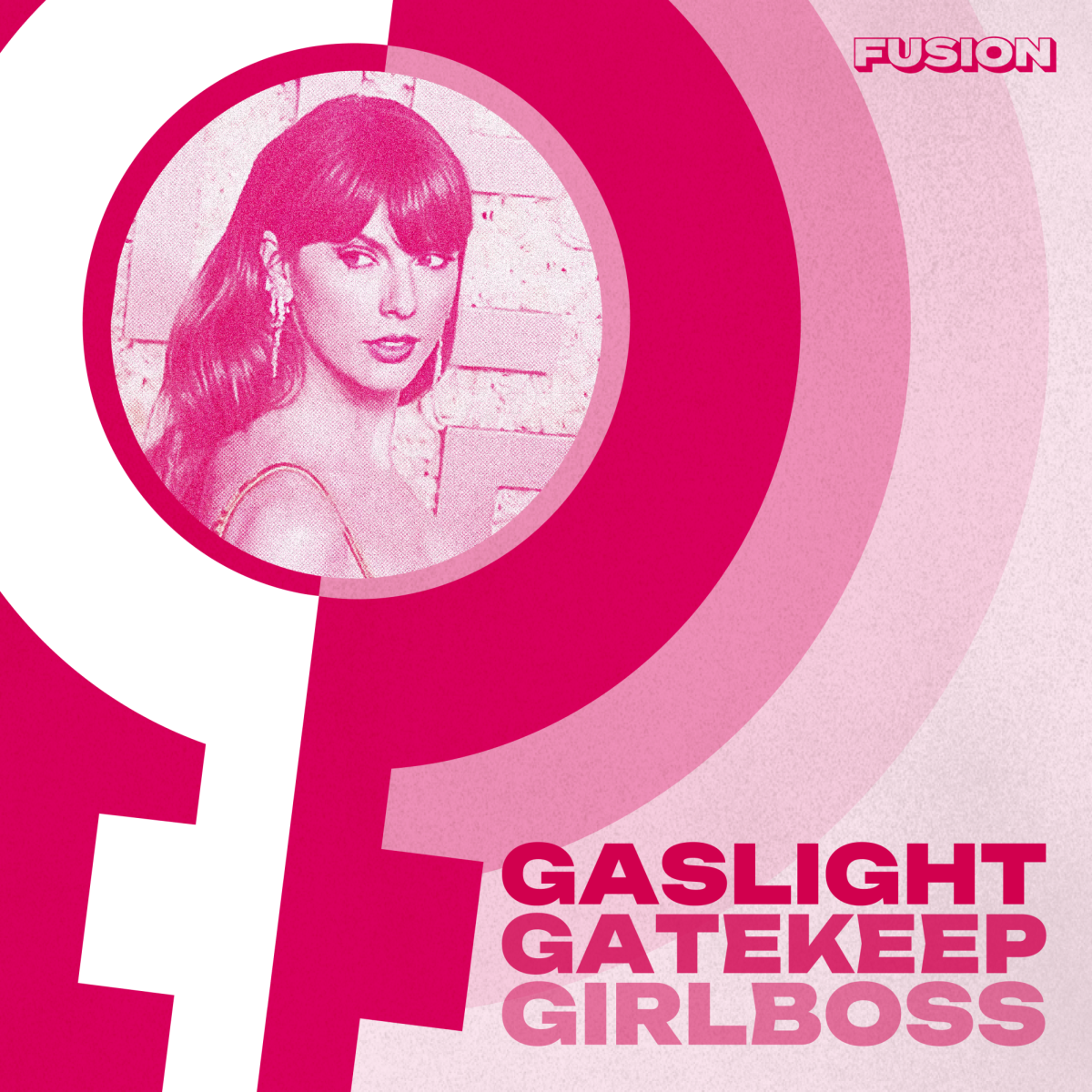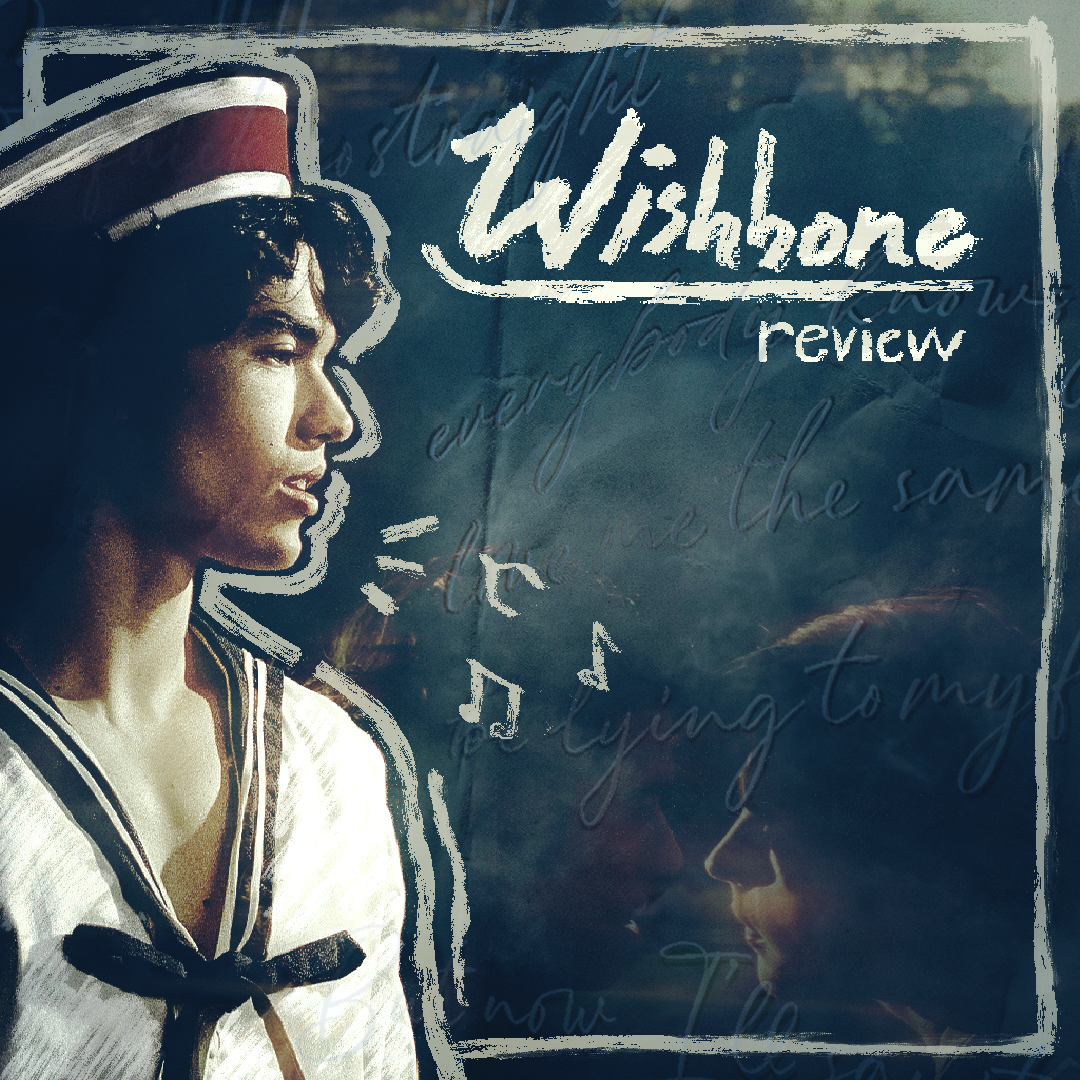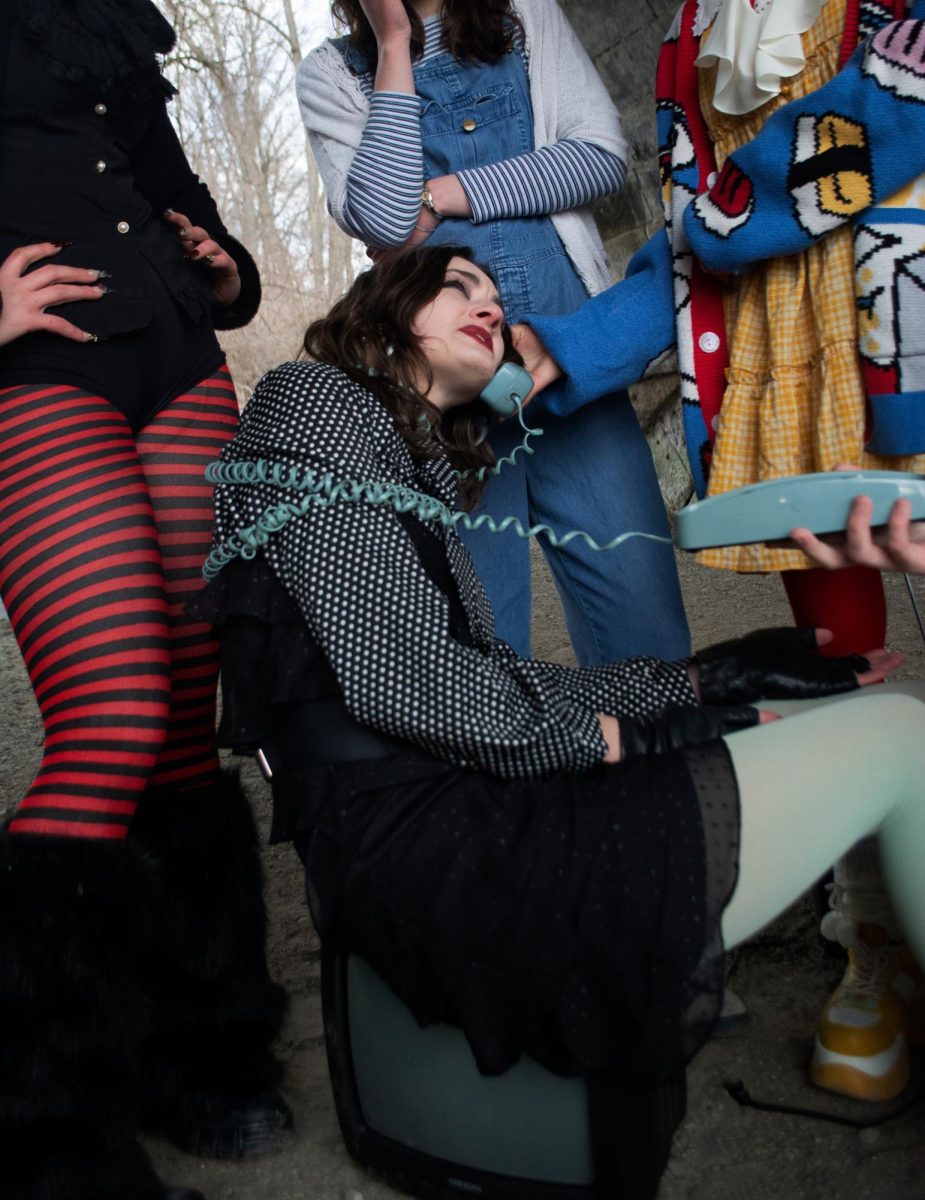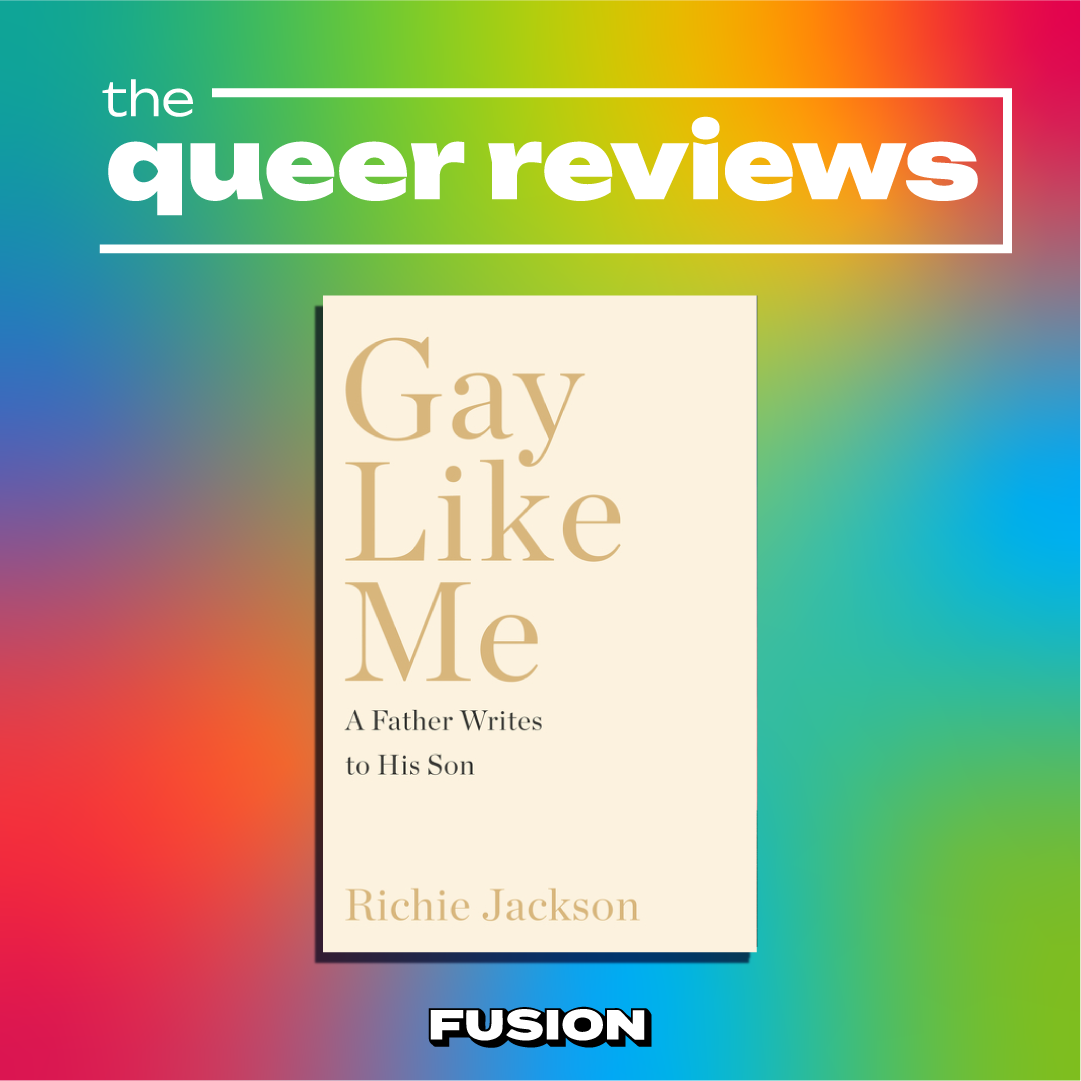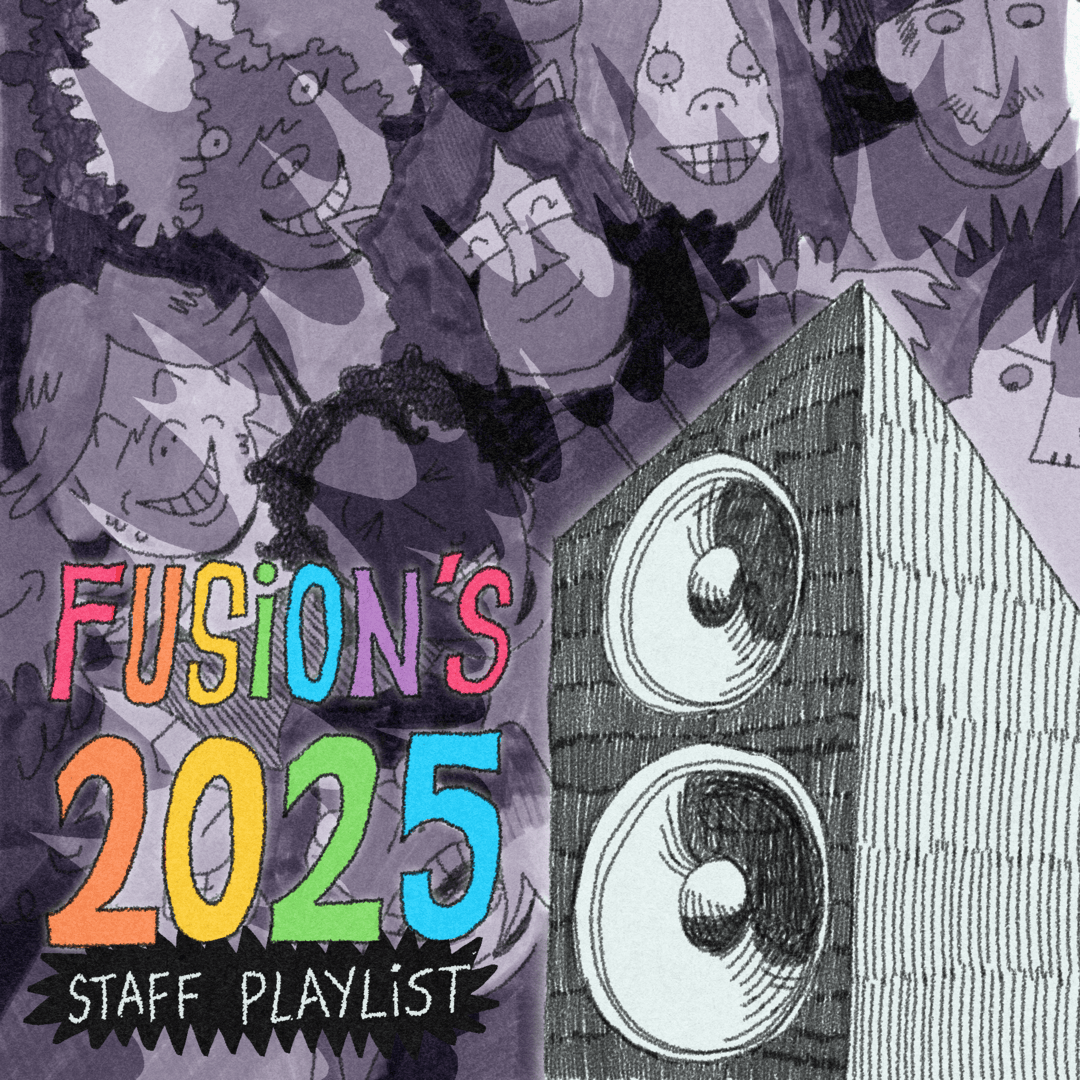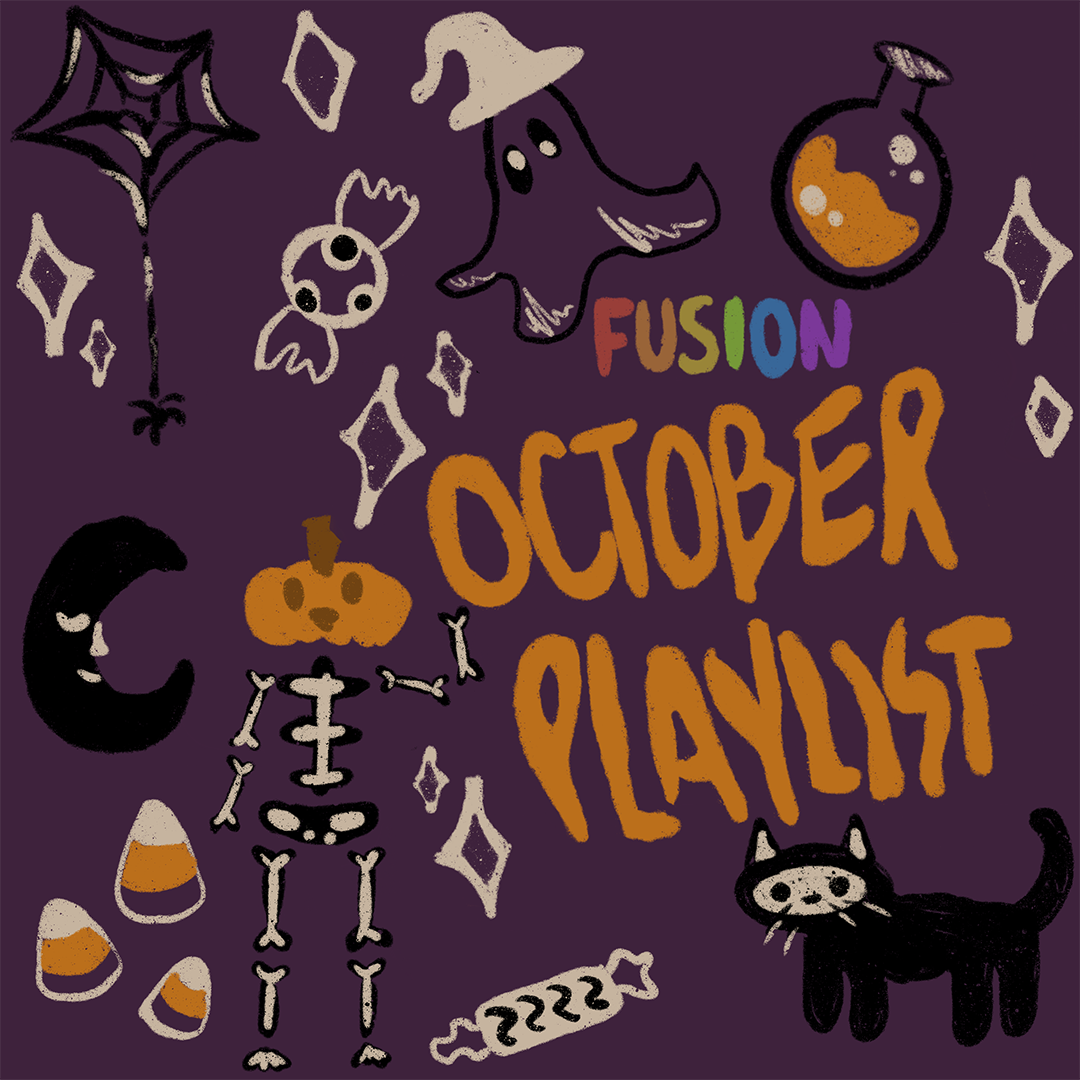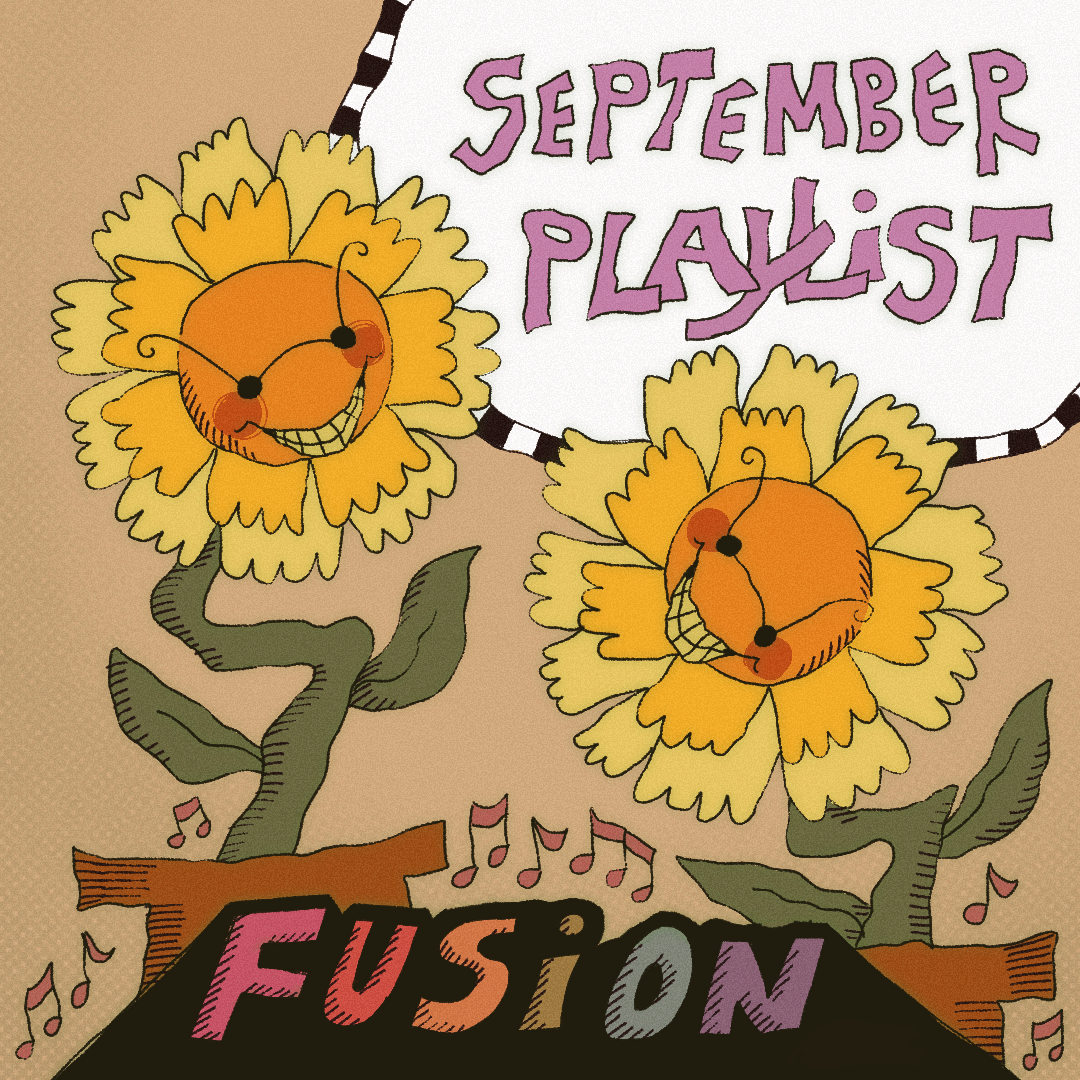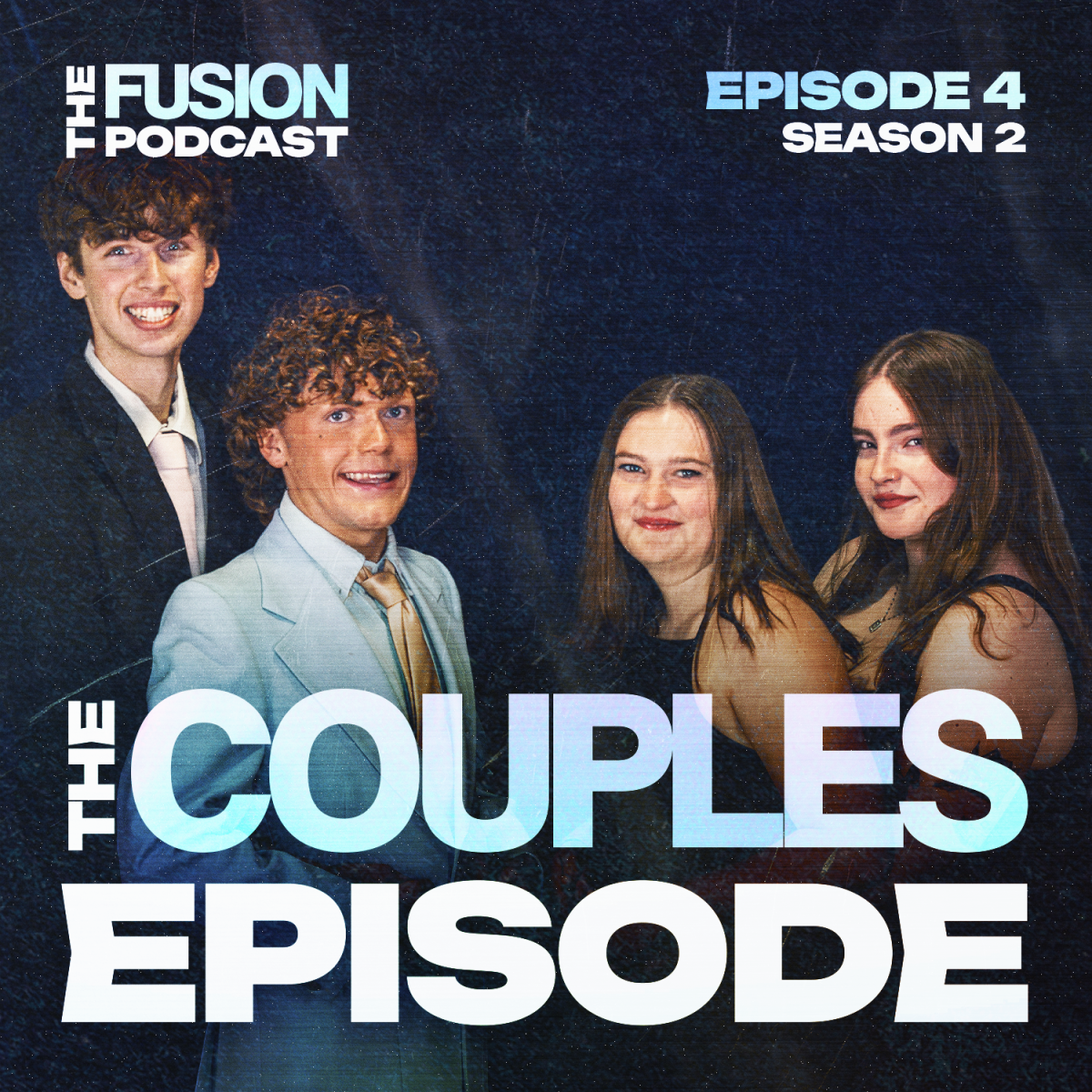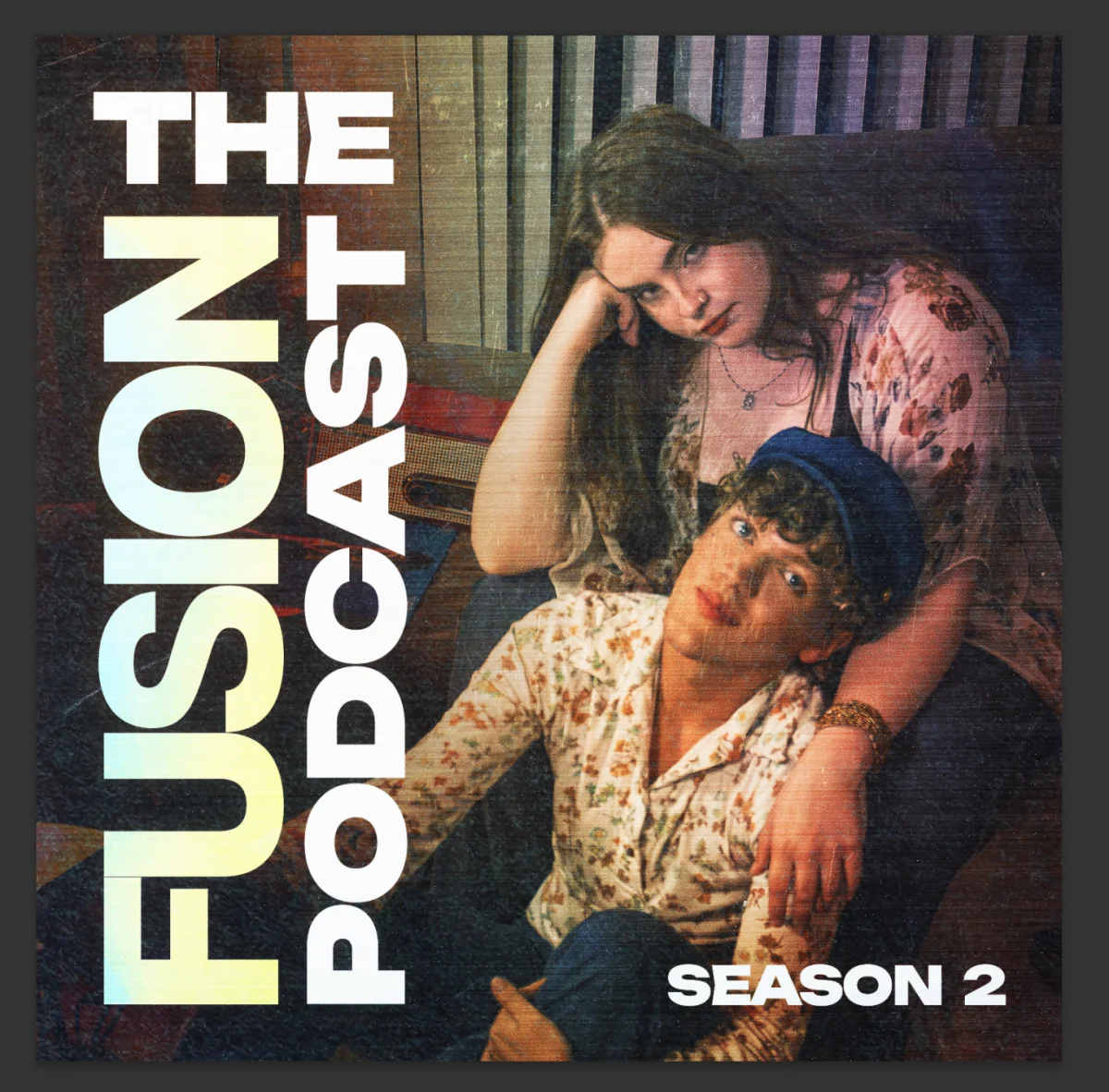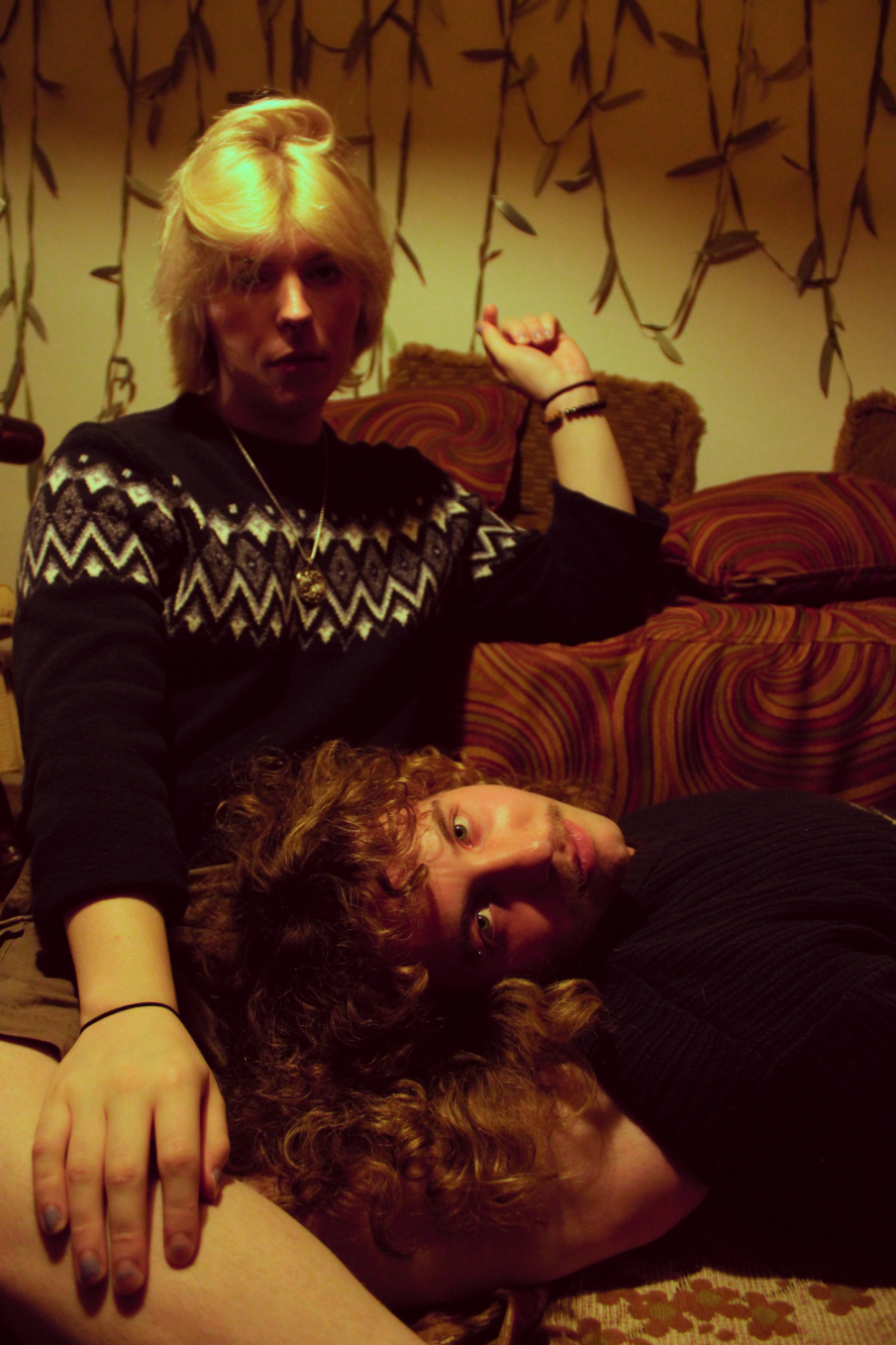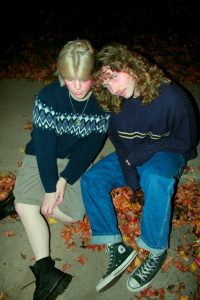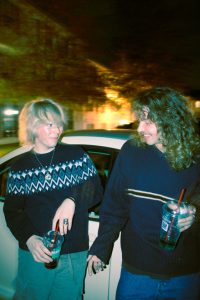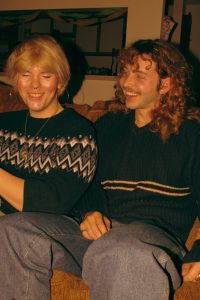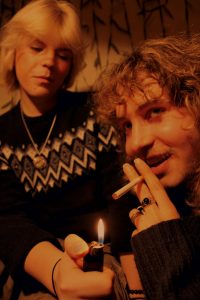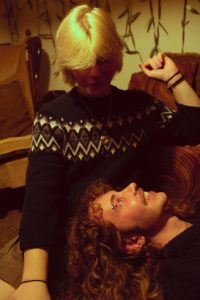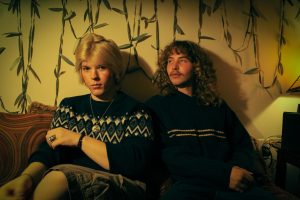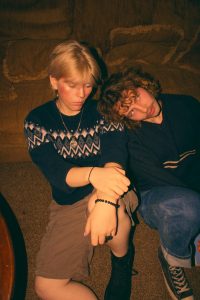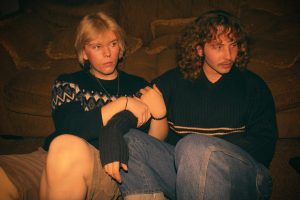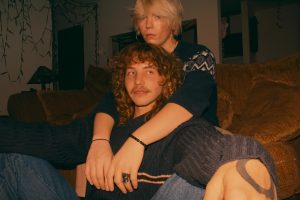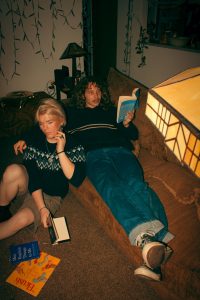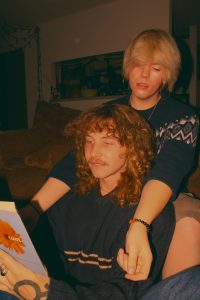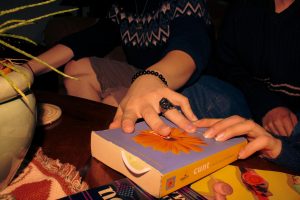Photos: Abbey Monty
Models: Nick Doerer & Joan Thompson
You swear to yourself you are just friends even though there is a creeping feeling that maybe something is happening underneath the friendship. You do see each other nearly every day, and text nearly every hour. You think about how they are doing, what they are thinking about, and more importantly who they are thinking about. You may have found yourself in a confusing experience that many queer people share, especially when you are still discovering parts of your own identity.
It is a common phenomenon in queer spaces to have some friendships that may blur the line of what heteronormative friendships encapsulate. A homoerotic friendship lends you a best friend who may also be your co-dependent confidant.
From Shakespeare to Lorraine Hansberry, homoerotic friendships have been around historically for centuries. Before LGBTQ+ individuals could understand, accept, and label their identities, they held friendships and relationships differently. Bruce R. Smith, author of “Homosexual Desire in Shakespeare’s England” says, “No one in England during the sixteenth or seventeenth centuries would have thought of [themselves] as “gay” […] for the simple reason that those categories of self-definition did not exist.” Without having a defining label to understand different identities, queer people would enter heterosexual marriages and continue close bonds with same-sex friends.
Homoerotic friendships can be both emotional and physical, but they show a passionate emotional attachment to a same-sex friend. The term “homoerotic friendship” came from the ‘romantic friendship’ coined in 1873 after society saw an increase in romantic female friendships. In the 17th century, these friendships flourished as men and women held different spheres of influence and were separated quite frequently.
Romantic friendships became ingrained in lesbianism history in regard to women involved in early academia. If women in academia married, they would lose their career to become homemakers. Career-driven women chose to distance themselves from men, and created deep bonds with other women. Many terms appeared to describe the act of women renouncing heterosexual marriages for their careers. One such term was a “Boston Marriage,” which describes two women sharing a home together, and “smashes” and “spoons,” which indicates a less-committed relationship with their same-sex friend. These romantic friendships were popular until they were seen as a deviant act, where they then had to be shown only in a private sphere.
So what are homoerotic friendships like now? Well, it depends on the people involved. Homoerotic friendships may no longer be the only way to experience queer love, just another avenue to do so. These relationships do not necessarily have to occur between two queer people, it can be a way for others to explore their identity.
If you are unsure if you are in a homoerotic friendship, many avenues of pop culture have highlighted them. One show that explores romantic friendships is The Fallout starring Jenna Ortega and Maddie Ziegler, which focuses on overcoming complex trauma while exploring an emotional and physical connection between close friends. Bridgerton, with Claudia Jessie (Eloise) and Nicola Coughlan (Penelope), explores a close knit friendship that is the only thing keeping the two characters grounded. The Sherlock series with Benedict Cumberbatch and Martin Freeman explores a close bond between two friends with homoerotic undertones. Important to note that the misunderstandings pushed on queer love usually focuses on the confusion or disillusionment of queer experiences. In Andrea Hansgen’s paper “The Myth of Queer Agony: Homoeroticism, The Media and Censorship” she states, “Media ought to perpetuate a more realistic and hopeful look at queer triumph as well as struggle. The problem is not that stories of happy queer people do not exist; the problem is that such stories are being suppressed.” There are many queer publications such as Queerty, Out Magazine, and Them that explore such complex issues.
As there is more education and representation of queer culture, it makes sense that there will continue to be more people labeling themselves as queer. A poll conducted by Public Religion Research Institute demonstrated that 28% of Gen Z Americans label themselves as part of the LGBTQ+ category, compared to 16% of millennials. With the LGBTQ+ community growing, this would indicate more people will most likely experience homoerotic friendships. The most important thing to do if you believe you are a part of a homoerotic friendship is to communicate how you are feeling and uncover if this is something you are comfortable with, want to explore more, or is an aspect you want to remove from your relationship.

